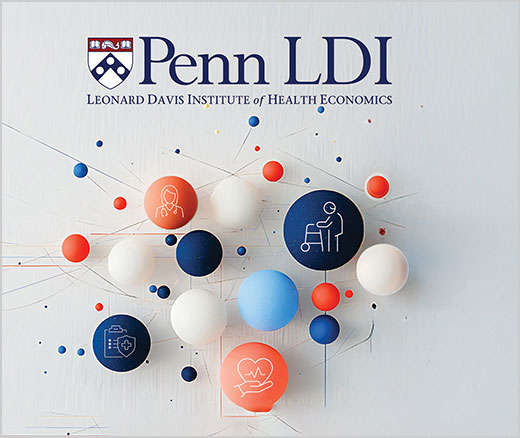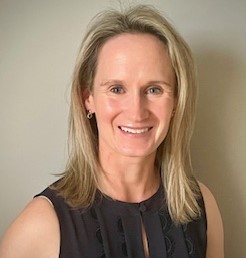
University of Pennsylvania Teams Up with CenterWell to Help Advance Primary Care Excellence and Access for Seniors
New Program Launches Research Initiatives Focused on Improving Primary Care for Older Adults
Penn LDI has launched a new initiative to support research that will transform primary care for older adults with a particular focus on chronic disease management, quality of care, and access to care. The Penn LDI Research Initiative on Improving Primary Care for Older Adults will fund rapid-turnaround high-impact research projects that will have a meaningful and measurable impact on value-based primary care and other alternative delivery models focused on older adults. We anticipate funding up to two research projects, each lasting up to 15 months. This program is made possible by a generous gift from CenterWell, a part of Humana.
Proposals must be led by an LDI Senior Fellow. Penn faculty without an LDI affiliation and LDI Associate Fellows may participate as co-investigators. External collaborators are permitted with justification. Funding priority will be given to observational studies using existing data and rigorous empirical methods, especially those examining the effect of value-based payment (VBP) and alternative delivery models on chronic disease management and outcomes for older adults, and those identifying opportunities to improve chronic disease management for older adults in primary care settings.
The Grant Review Committee will select up to two projects, each lasting 15 months. Project budgets may not exceed $175,000. Faculty salaries (up to the FY26 NIH cap) and benefits may be included only with strong justification and may not exceed 20% of the award.
Applications will be due Monday, November 10, 2025, at 11:59 p.m. ET. Funding decisions are expected to be made in December 2025. IRB approval is required before the release of funds. PIs must submit their projects to the IRB for approval on notice of funding. Selected projects are expected to start by March 2026.
Can an investigator mention relevant data they have access to in their proposal?
Yes, we recommend receiving a letter of support from the data owner to use data for your specific project.
Can investigator teams have more than one Principal Investigator?
Yes, teams can have up to two Principal Investigators.
Does the ban on indirect costs also apply to sub-awards for faculty co-investigators at other universities?
Yes.
Are graduate students or nurses working on projects subject to the 30% salary and benefits limit?
No, the 30% salary and benefits limit applies to only faculty (including research track/non-standing), not staff.
Are hyperlinks to online data (ie. video material) allowed to be included in the application?
Yes, applicants are allowed to link to online data in their application.
Are investigators allowed to include publication costs and/or software in the budget?
Yes, but if the grant pays 100% for the software, then it should be justified within the proposal.
Do I have to use the CenterWell Humana Dataset in my research?
While use of the dataset is encouraged, it is not required.
How is provider type represented in the data?
Does the “paid amount” variable include both plan and patient payments?
Only the total amount paid will be available, which includes both the plan share and the patient share (out-of-pocket).
Can urgent care visits be identified in the data?
Can the data differentiate between annual preventive visits and other primary care visits?
What information is available on value-based payment models?
Are unique identifiers available across data files to link members?
Yes. Each file includes unique pseudo-IDs, allowing enrollees to be matched across data sets.
How is PCP attribution handled for members who haven’t seen their PCP recently?
Is there overlap between CenterWell enrollees and Penn Medicine patients? Can the data link to Penn Medicine’s EHR?
What data are available on health-related social needs (HRSN)?
Can CenterWell data be linked with external datasets like the Social Vulnerability Index or Area Health Resource File?
Have a question?
Please email Caleb Hearn.
Penn LDI hosted an informational webinar about the new initiative on October 23, 2025. See a recording below.





New Program Launches Research Initiatives Focused on Improving Primary Care for Older Adults

Overview We are seeking proposals of up to $175,000 for research projects, each lasting up to 15 months and focused on generating rigorous new evidence that will inform ways to…